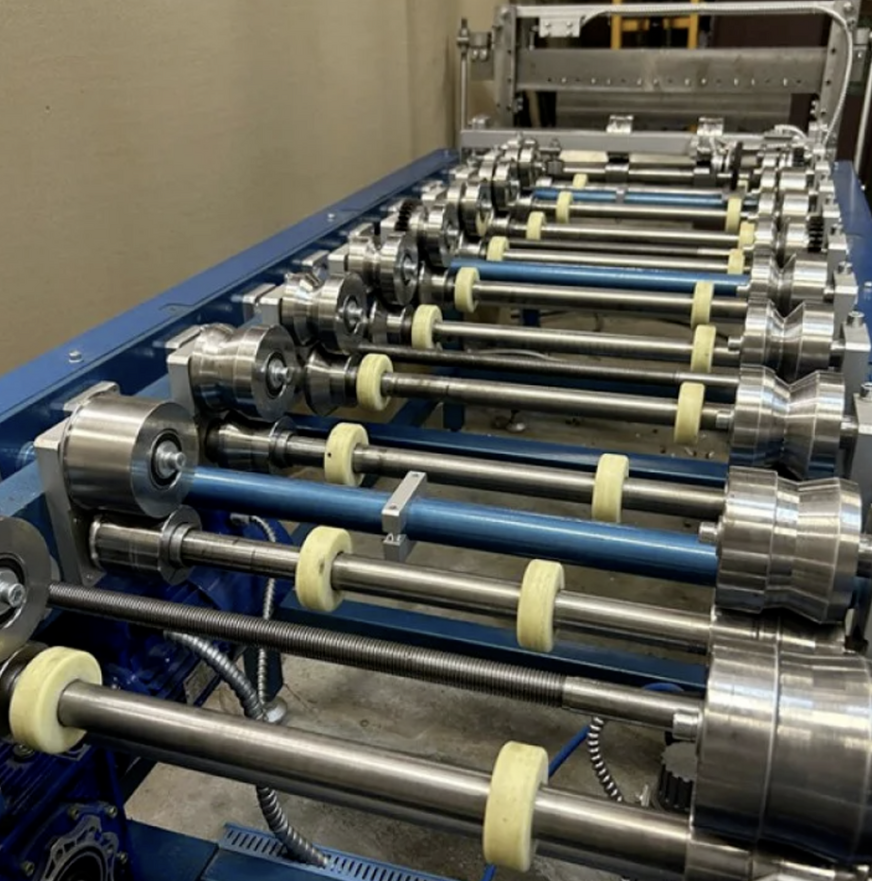
Posted on Tuesday, July 2, 2024
Standing seam panels have long been the gold standard in modern roofing, celebrated for their sleek design, durability, and exceptional weather resistance. Among these, Snaplock standing seam panels have emerged as a game-changer, redefining the roofing industry with their innovative design and installation advantages.
The origins of standing seam panels date back to the 18th century, where they were first used on prominent buildings in Europe. These early panels were manually seamed and labor-intensive to install, requiring skilled craftsmanship to achieve a weather-tight fit. Over time, technological advancements brought precision-rolled panels and mechanized seaming tools, paving the way for faster, more efficient installations.
Snaplock panels represent a significant leap in the evolution of standing seam roofing. Introduced to simplify installation without compromising the integrity and aesthetics of traditional standing seam systems, Snaplock panels quickly gained popularity among architects, contractors, and homeowners.
Snaplock panels have redefined roofing across multiple industries, including:
As the demand for sustainable and energy-efficient roofing systems grows, Snaplock panels continue to evolve. Advances in materials, coatings, and manufacturing techniques ensure that these panels remain at the forefront of roofing innovation.
With their ability to seamlessly blend traditional aesthetics with modern convenience, Snaplock panels are poised to play a key role in the future of roofing, offering solutions that are both practical and visually appealing.
Snaplock panels have truly redefined roofing, marrying centuries-old principles of standing seam design with cutting-edge innovation. Whether you’re a homeowner, contractor, or architect, Snaplock panels represent a roofing solution that stands the test of time—both in style and performance.

Most Popular Roll Forming Machines in the United Kingdom
Posted on Thursday, December 11, 2025
This blog breaks down the five most in-demand roll forming machines in the UK

Can I Finance a Roll Forming Machine?
Posted on Thursday, December 11, 2025
Financing a roll forming machine is easier than most buyers think. Here’s how leases, loans, and payment plans make production affordable.

Roll Forming Machines for Sale in the UK: What Buyers Need to Know Before Purchasing
Posted on Thursday, December 11, 2025
This complete guide explains everything UK buyers must know before purchasing, including machine types, voltage requirements, CE/UKCA compliance

Roll Forming Machines for Sale in the USA: What Buyers Need to Know Before Purchasing
Posted on Wednesday, December 10, 2025
This guide explains everything U.S. buyers need to know before purchasing a roll forming machine, including machine types, pricing, voltage
Copyright 2026 © Machine Matcher.